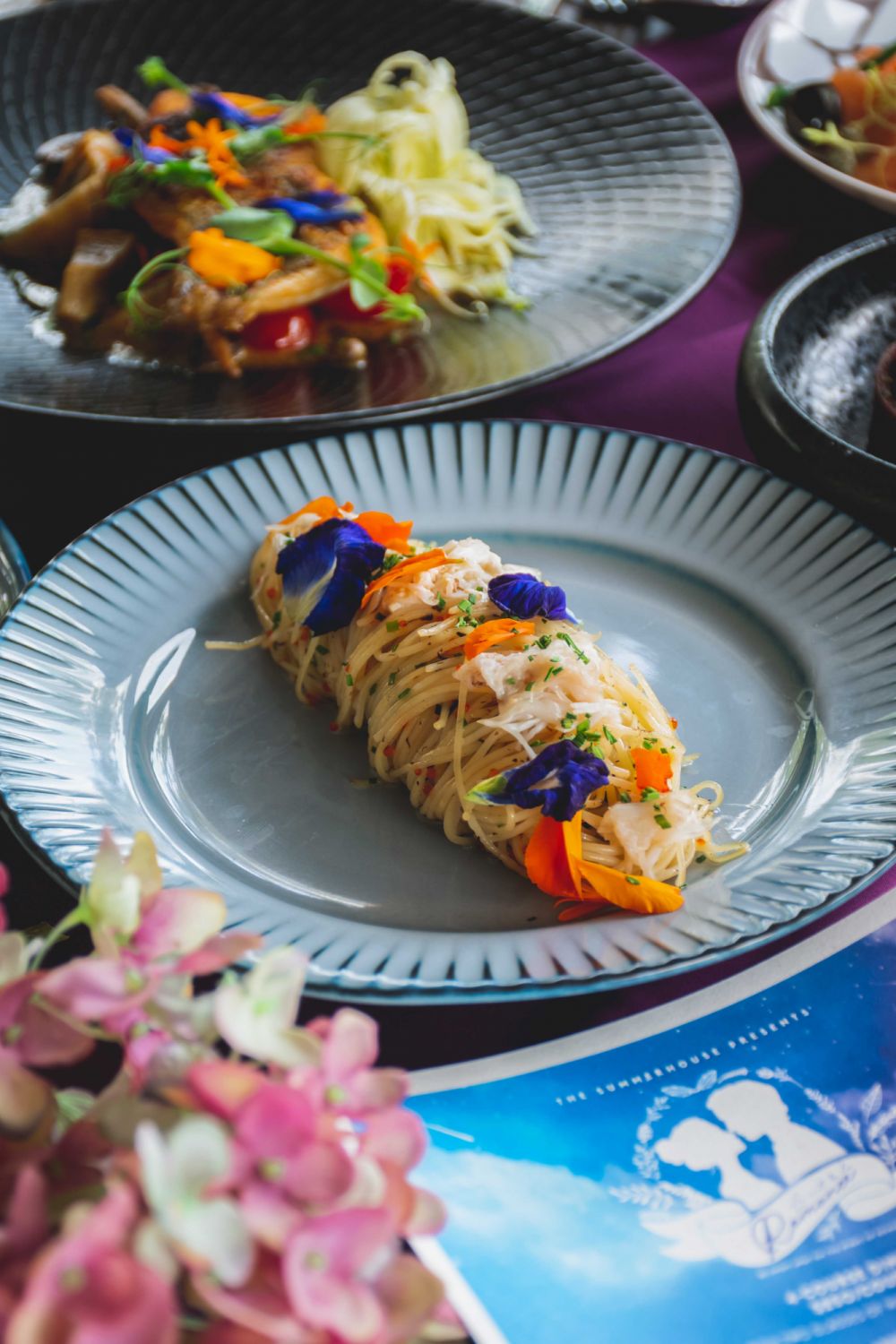Amid a global sustainability push, more restaurants are planting greens in their own backyard
Singapore may be an urban jungle, but sprouting amid the dense concrete thickets are unexpected little oases of green—restaurant gardens.
These green plots, which supply the fresh vegetables and herbs that adorn the plates of the nation’s top restaurants, are part of a wider industry movement towards greater food security and eco-conscious consumption.
Now, companies like HSBC are working with such restaurants to promote their sustainable offerings and encourage climate-friendly dining habits, says Jonathan Castleman, HSBC’s global head of brand and brand partnerships.
Read more: Singapore’s Top Chefs Tell Us Why Sustainability Matters in the F&B Scene

Greens Galore
Sustainability is the prevailing ethos at HSBC, and the financial institution’s efforts dovetail nicely with the development of the farm-to-table trend: while chefs once were content to purchase greens from vendors, more are now taking the step to plant them in their own backyard.
This cuts out the carbon footprint required to transport produce, and offers customers super-fresh greens.
“When you come across flowers on your plate, they’re freshly picked from our garden,” says a spokesman from European restaurant The Summerhouse at Seletar Aerospace Park, which serves beautiful creations such as the refreshing elderflower sorbet topped with fresh strawberries, mint jelly and petals from its expansive outdoor garden. “We are able to create freely based on seasonal availability, giving us the option to switch things up.”
The restaurant works with vendor Edible Garden City to curate a selection of greens, such as blue pea flowers and sweet potato leaves. Up to 100 per cent of its garnishes are harvested from the garden, and its drinks menu is also curated from the herbs and flowers available.
Don’t miss: 12 Most Sustainable Restaurants and Bars in Singapore
